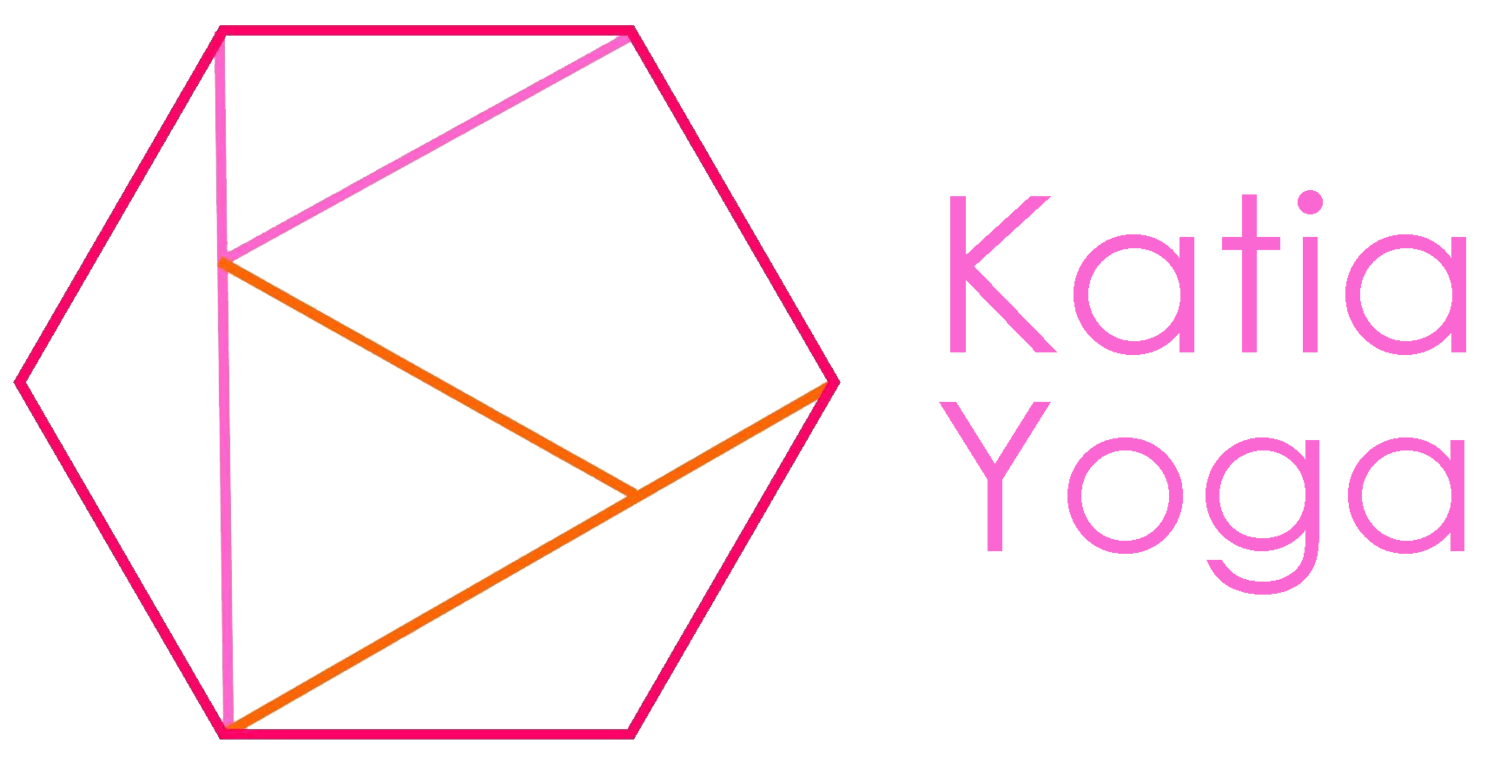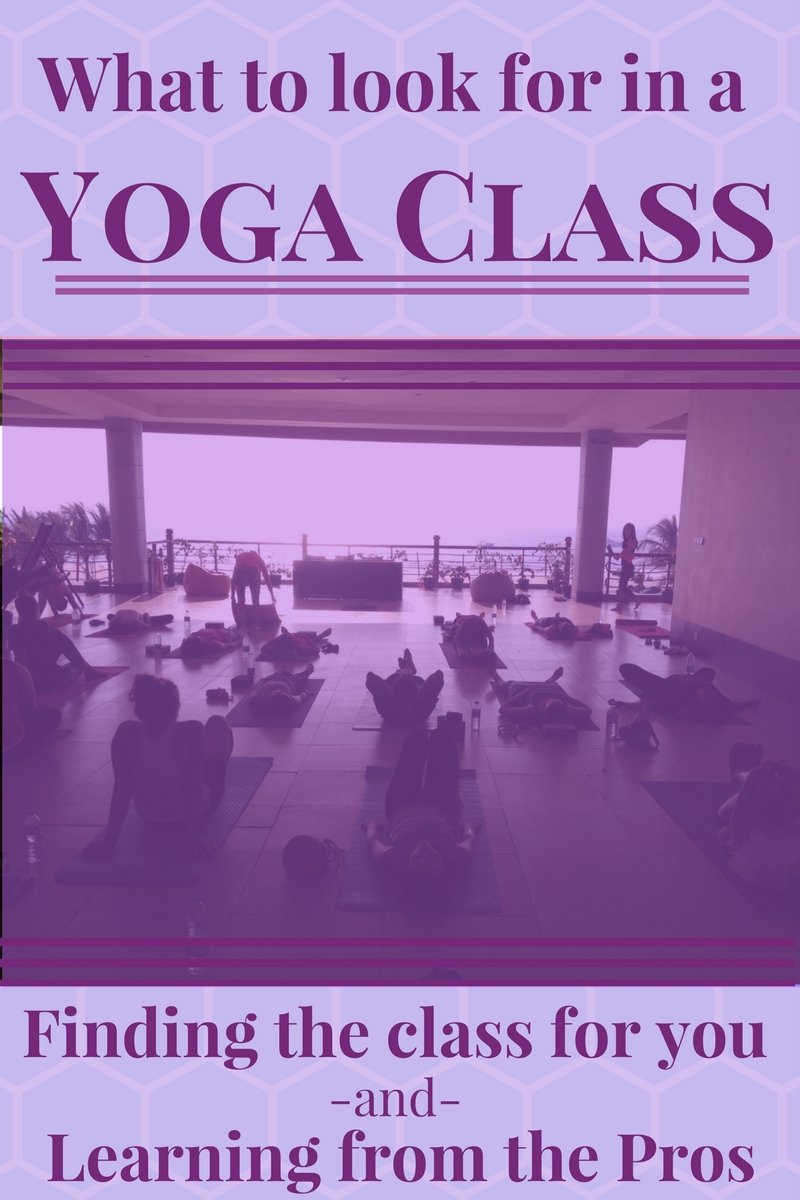Yoga Teacher's Eye: what a yoga instructor can learn at a yoga class
Things to think about in a yoga class to find your favorite class or style OR learn to be a better instructor
Things to observe in a yoga class
Here are a few concepts you can keep an eye out for in class if you are learning about teaching yoga. These aspects can also help you find your favorite teacher or style of yoga if you are trying different classes.
style- along with the style of yoga, how does this instructor interpret it? e.g. Is it classic vinyasa or a little slower? Is it heavy on lunges? Do they hold the poses for a long time or flow freely between asanas? Did they bring in a few poses from another style of yoga?
personality- how does the teacher add their own flair to the class? What attributes do they bring to the class that make it different from another class in the same style of yoga?
voice- what is the quality of the instructor's voice? e.g. Are they loud enough? Is their voice gentle and soothing? Is it firm and encouraging? Does it inspire you to add energy to your poses?
cues- how does the instructor describe the poses and transitions? Does it give you a new way of thinking about the pose? Is there an alignment tip you hadn't heard before? Is it clear what you need to do?
sequencing- how do the poses flow together? Is there a connection between poses you hadn't thought of before? Was the class leading to one particular pose? Were there groups of types of poses (like standing then arm balances then abs?)
theme- how does the instructor bring it all together? Did the class focus on one aspect of alignment? A concept, like propping vs. collapsing vs. yielding? Was the class devoted to the idea of peace, balance, femininity? Or one of the Hindu gods? A full moon?
reflection- the last thing to think about is how the class affected you. Did you like the style? Would you prefer to do things another way if it were your class? What did you learn? What take-aways can you find- about yoga, any of these concepts or yourself?
What to look for in a yoga class to find your favorite teacher, style OR become a better instructor
Putting it all into action- my experience at a retreat
What to look for in a yoga class to find your favorite teacher, style OR become a better instructor
A couple of weekends ago, 2 gal-pal yoginis and I headed down to the beach for a yoga retreat and some rest and relaxation in the sun. Since I haven't been to a yoga class in a couple of months, I was excited to listen and learn and of course move. I practice and teach regularly, but it's so nice to also receive some instruction and improve my own poses and practice.
I think since yoga teacher training, though, I will likely never see a class in the same way. I am forever filing away phrases for cues and noting things down about transitions and a teachers' style and personality. In ytt, our instructor warned us about this, saying, "you will never be the same again, but that's probably a good thing."
At the retreat, one of the most interesting things for me was the structure of the classes. The teachers spent probably 75% of class in standing postures. Especially in the early morning, that was hard for me. I'm not exactly lazy, but I've never been the most energetic person either. Also, it doesn't go with the style of yoga I've learned and embraced. I know many people enjoy this active yang style of yoga, but I learned during that weekend that my style is a little calmer.
I think yoga is a sort of spectrum. There are yogis who are there for the workout and yogis who are there for the spiritual practice and yogis who want some combination of the two. The names of the yoga practices can help identify that sort of balance that a teacher offers or a practioner desires but there's such a range within each style, so in a way, the only way to know about any given class or style is to try it.
Something else I noticed at the retreat was the use of voice. The main instructor had a very strong voice with clear, deliberate cues. She was firm and energetic, like her class. She used great imagery to describe the way the poses could be gracefully transitioned and practiced.
The instructor gave supportive guidance in the arm balance workshop- talking with each yogi individually about their struggles with gravity, strength, balance, and fear. She showed some humility in inversions as she modeled a pose that wasn't her strongest, still giving valuable tips and demos. I also noticed how incredibly important it is to be personable off of the mat with each of the students. I admired these qualities in instructors.
At the retreat, we had early morning meditations. The instructor encouraged us not to speak before mediation in the morning, which I really liked. It made the practice more serene and organic. I noticed in the meditation, she didn't give direction for our thoughts. Some styles of meditation try for a mind completely free of thoughts, in which case no instruction is needed. I found out I prefer a meditation where the mind is focused on one train of thought, like the breath or a mantra. It is easier for me, but it also lends itself to a practice that feels more meaningful to me.
It's interesting how seeing a style that was quite different from mine reinforced my understanding of my preferences and my yoga style. I had a great time and learned a lot, but much of it was about myself and my yoga.
"Yoga is not about touching your toes, it's about what you learn on the way down." -Judith Hansen Lasater




